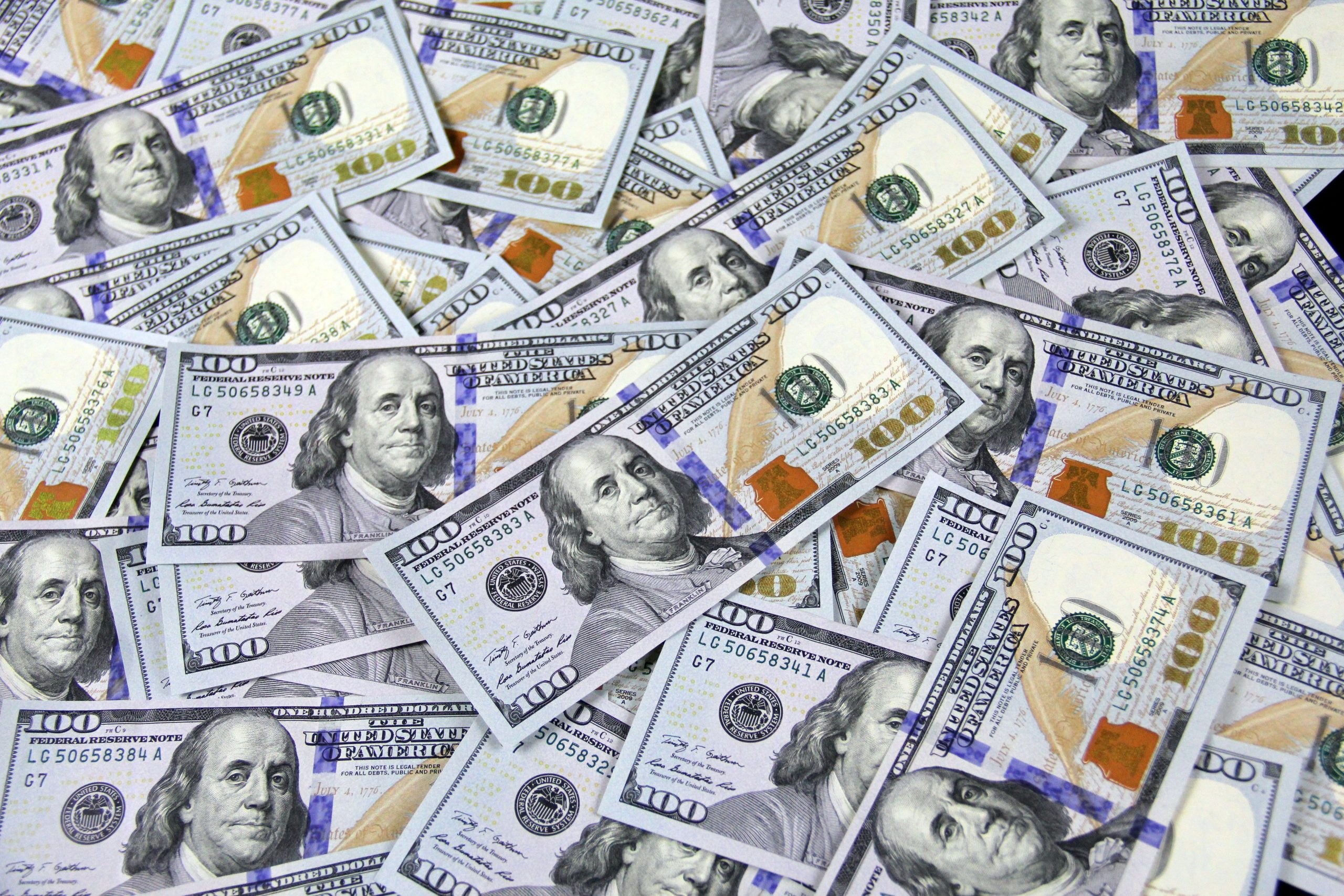Are you thinking of investing in hedge funds that have recently shifted to dollar bullishness? Before you take the plunge, it’s important to understand the risks involved. While a strong dollar may seem like a promising investment opportunity, there are several factors at play that could lead to unexpected losses. In this blog post, we’ll explore these risks and provide insights into how you can navigate them. So, buckle up and let’s dive right in!
What is Hedge Funds’ Dollar Bullishness?
The bullishness of hedge funds’ dollar positions is a recent development that has investors concerned. Hedge funds invest in a variety of assets, but their largest investments are usually in currencies and commodities. The shift toward dollar bullishness is a result of the strong U.S. economy and low interest rates.
This bullish sentiment has caused hedge fund assets to swell, reaching $2 trillion for the first time ever earlier this year. This increase in dollar assets could leave investors vulnerable if the U.S. economy weakens or interest rates rise.
Hedge funds typically make money by betting on prices going up or down, so any changes in their investment strategy could have serious consequences for their clients’ portfolios. If interest rates rise, hedge fund clients would lose money on their investments because they are paying above-market rates for loans; if the U.S. economy weakens, hedge fund clients could lose even more money as the value of their holdings declines relative to those of other investors.
The Risks of Hedge Funds’ Recent Shift to Dollar Bullishness
Hedge funds have been increasing their bets on the U.S. dollar in recent months, contributing to a rally in the currency.
This move could create risks for investors, as a strong dollar can make many goods and services more expensive overseas and might lead to an increase in foreign debt levels. Additionally, a strong dollar could also make it harder for U.S. companies to compete against international rivals.
In light of these risks, policymakers may decide to take steps to weaken the dollar or even reverse recent gains. If this happened, hedge funds would likely lose money as their investments declined in value.
The Benefits of Hedge Funds’ Recent Shift to Dollar Bullishness
Hedge funds have been shifting their investment strategies in recent months towards dollar bullishness. This shift is risky, as it could lead to greater market volatility and ultimately financial losses for the hedge funds.
Dollar bullishness is typically associated with increased risk-taking and volatility, which can cause investors to lose money. For example, during the 2008-09 financial crisis, hedge funds were among the most heavily invested groups in commodities, which contributed to stock market crashes and sharp declines in global asset prices.
There are several reasons why dollar bullishness might lead to increased risk-taking and volatility. One reason is that hedge funds may increase their exposure to volatile assets or investments such as derivatives, which carry greater risks than traditional securities. Another reason is that hedge funds may be more likely to trade on news events rather than wait for longer-term trends to play out. This type of trading can be more dangerous because it amplifies short-term movements in the market rather than relying on fundamentals.
The shift towards dollar bullishness by hedge funds has raised concerns about potential market instability. In particular, this strategy could lead to higher levels of political uncertainty and economic volatility around the world. The combination of these factors could further damage global economies and stock markets.
Conclusion
Hedge funds have been bullish on the dollar for some time now, but their recent shift to dollar bullishness has sparked concern from some investors. This move could potentially lead to volatility in the markets, as investors scramble to get out of positions that they perceive as risky. At this point it is unclear what strategy hedge funds are using to reach their current level of dollar bullishness and whether this strategy will continue into the future. Until we know more, it is important to remain conservative with your investments and avoid taking any unnecessary risks.




